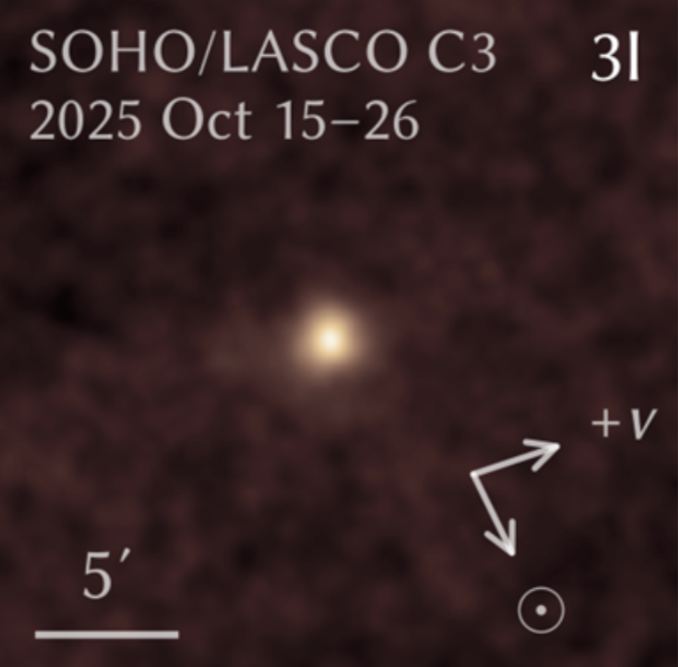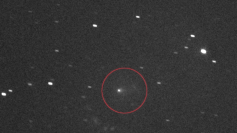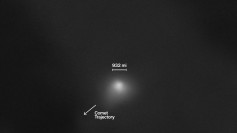Public fascination with the interstellar object 3I/ATLAS intensified this week after a surge of online posts claimed the visitor was aligned with newly discovered comet C/2025 R2 (SWAN) in what some described as a "cosmic trap." The claims, amplified across TikTok, X, and astronomy forums, have generated widespread interest despite scientists reiterating that the objects are separated by hundreds of millions of kilometers and pose no threat to Earth.
The speculation gained momentum after observers noted similarities in the appearance of both objects, including sunward-facing tails, green coloring, and apparent synchronous changes in brightness. A TikTok video by user @itsjeremyscottofficial framed the phenomenon in dramatic terms, saying the objects were "both glowing green, both acting weird, and right now they're sitting on opposite sides of Earth." Long-exposure photographs shared online reinforced the perception of unusual behavior, even though astronomers have emphasized the observations reflect normal cometary processes rather than coordinated motion.
3I/ATLAS, discovered on July 1, 2025, by the ATLAS survey, is the third confirmed interstellar object to enter the Solar System. Its hyperbolic orbit establishes its origin outside the Sun's gravitational influence. Professional observatories, including NASA's Hubble Space Telescope and JWST, have documented a coma, dust tail, and active gas emission consistent with comet-like physics. Scientists reviewing the data say these features offer a rare opportunity to analyze volatile behavior in an interstellar body.
Comet C/2025 R2 (SWAN), identified on September 11, 2025 through the SOHO-SWAN instrument, has developed its own visible coma and tail, drawing substantial attention from amateur observers. While some viral posts claim dramatic structural similarities between the two objects, astronomers note that the comet's orbital period and behavior remain uncertain pending further study. There is currently no peer-reviewed evidence placing both objects in the same field of view or confirming claims of multi-degree tail formations.
Despite the online narrative, researchers stress that apparent alignment across the sky is purely a line-of-sight effect from Earth. The objects do not interact gravitationally and are not engaged in any coordinated motion. Scientists say the "trap" framing originates from perspective-based visuals rather than astrophysical forces. Experts further emphasize that claims suggesting synchronous brightening or intentional positioning are unverified and remain inconsistent with any published observational data.
The episode has highlighted a recurring dynamic in modern astronomy: the gap between viral interpretations and scientific analysis. Astronomers note that the phenomena fueling public imagination-tail orientation, streak patterns, or color shifts-are typical of comets experiencing elevated solar radiation or changes in outgassing, not evidence of coordinated astronomical activity.
Still, the objects remain of legitimate research interest. Studying 3I/ATLAS alongside a long-period comet offers a unique comparative opportunity for astronomers investigating volatile dynamics, composition, and the behavior of bodies entering the inner Solar System. With both objects visible from Earth this season under favorable conditions, professional observatories are preparing additional monitoring campaigns as they refine orbital models and evaluate the evolution of their comae and tails.




